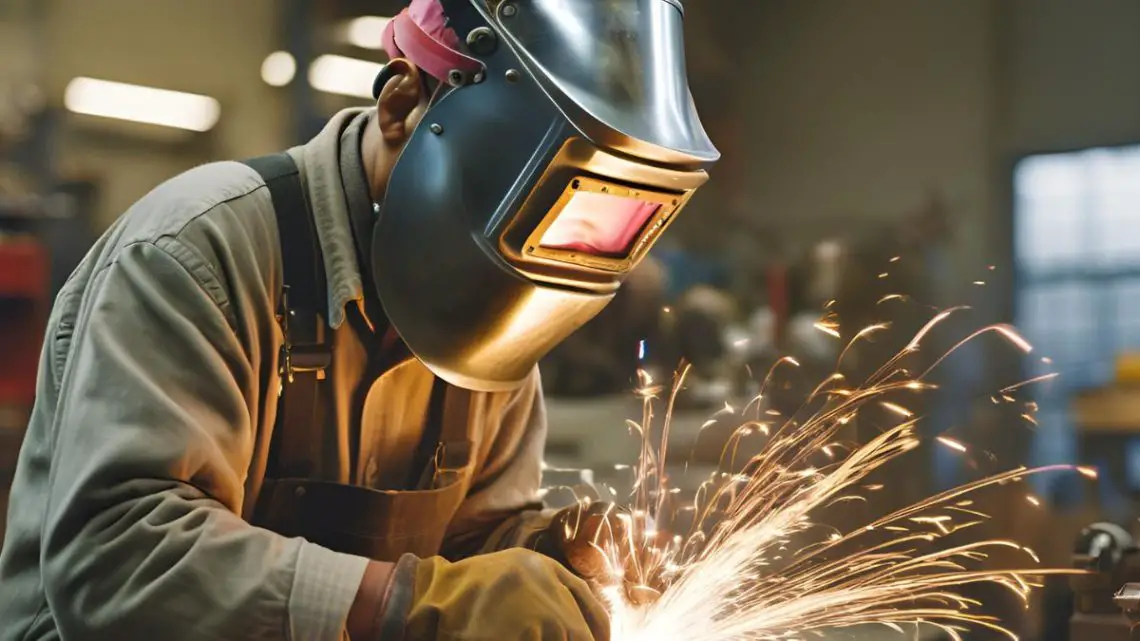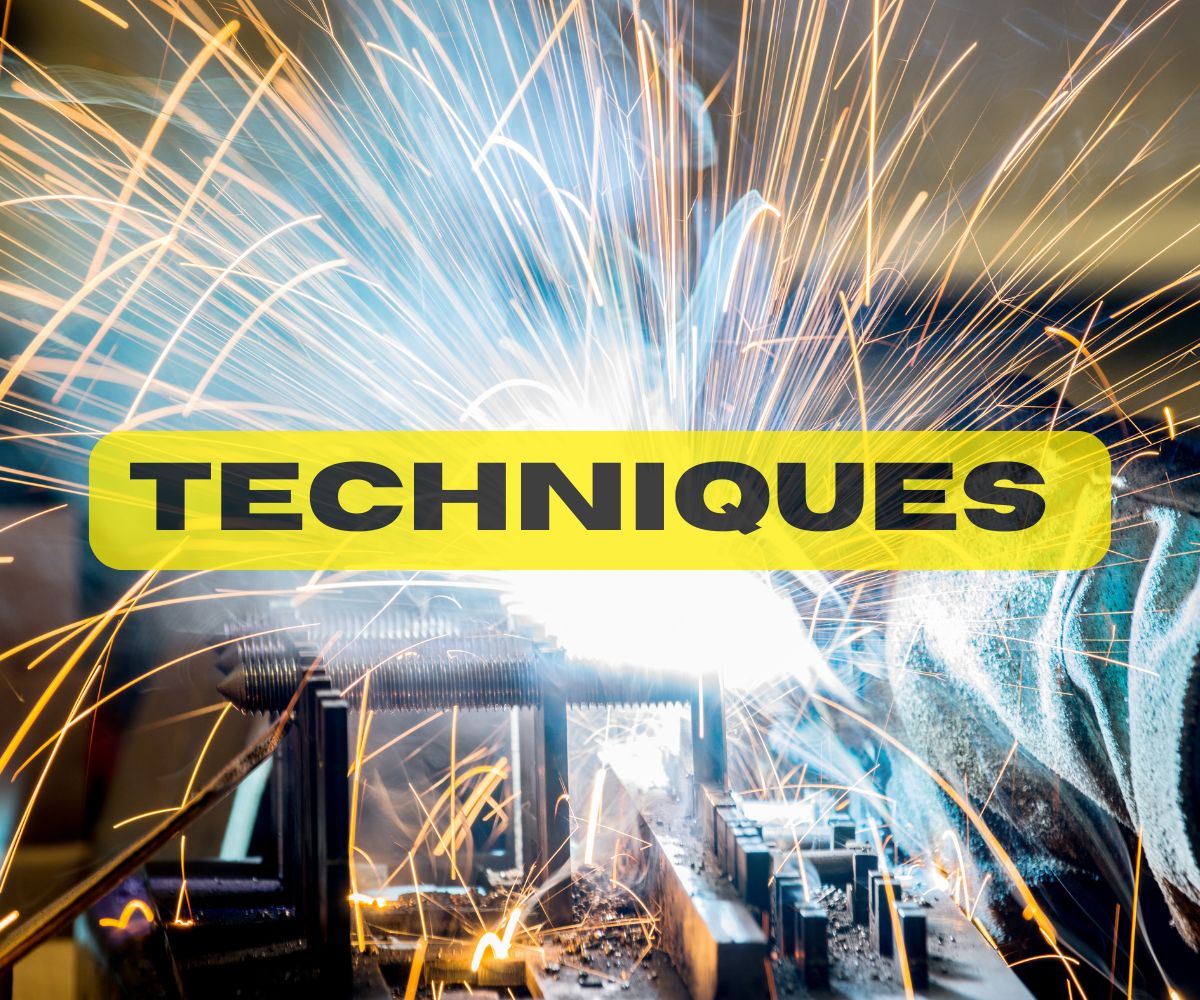
Metal Fabrication: An Essential Process in Today’s Industrial World
November 2, 2024 0 By Industry GuestMetal fabrication is a crucial industrial process involving transforming raw metal materials into functional components and structures. A metal fabricator employs various sophisticated techniques to cut, bend, and assemble metals into specified forms, from small-scale components to large industrial equipment. The diversity of applications emphasizes its importance across various industries.
To understand how commonplace products are made and the crucial role that metal fabrication plays in various technology-driven sectors, one must have a thorough understanding of the complexities of these processes. These processes are not strictly limited to traditional manufacturing and include innovative techniques that continue to evolve with technological advancements, ensuring efficiency and precision in production methods.
The Importance of Metal Fabrication in Modern Industry
Metal fabrication is indispensable across numerous sectors, such as automotive, aerospace, and construction. By creating custom metal components tailored to specific applications, fabrication ensures optimized performance and improved durability of products. In the automotive industry, for instance, it is key in creating components that enhance vehicles’ aesthetic and structural aspects.
The significance of metal fabrication lies in its adaptability and precision, contributing to innovation and productivity across various sectors. This adaptability allows industries to respond to consumer demands and technological changes swiftly and efficiently, thereby maintaining competitiveness in today’s fast-paced market environment. 
Common Metal Fabrication Techniques
- Cutting: Encompassing techniques such as laser, plasma, and mechanical cutting remove excess material from metal sheets. Each cutting method offers unique advantages, with laser cutting providing exact cuts essential for components requiring tight tolerances.
- Bending: Using press brakes and roll-forming machines, metal is deformed into desired shapes or angles per design requirements. This technology may create complex structures that satisfy a range of industrial applications.
- Assembling: Joining metal parts through welding, riveting, or fastening forms the complete products for intricate designs. The choice of assembly method often depends on the desired strength and usage of the finished product.
Materials Used in Metal Fabrication
Choosing suitable materials is essential in metal fabrication, and it significantly impacts the functionality and durability of the end product. Commonly used metals include steel, aluminum, and copper, each offering distinct properties. Steel’s strength and durability make it ideal for heavy-duty applications, while aluminum’s lightweight nature suits aerospace uses.
Copper is frequently utilized in electrical applications and is prized for its exceptional conductivity. Selecting the appropriate material requires a comprehensive understanding of its characteristics and intended use, ensuring the fabricated product meets and usually exceeds industry standards.
Challenges in Metal Fabrication
Several challenges confront the metal fabrication industry, such as sustainability, achieving precision, and maintaining cost-efficiency. Technological advancements like CNC (Computer Numerical Control) systems are instrumental in addressing these challenges, enhancing precision and reducing human error in production processes.
The shift towards sustainable practices in metal fabrication, including recycling and waste reduction, is also gaining traction. This provides new opportunities for the industry to contribute to environmental conservation while maintaining efficiency and productivity.
Technological Advancements in Metal Fabrication
The integration of digital technologies is reshaping metal fabrication. Innovations such as 3D printing and robotics facilitate more accurate, consistent, and individualized fabrications – transforming industries’ operations by enabling intricate designs and expediting production.
These technologies enhance the versatility and capability of fabrication processes, allowing for the realization of complex, bespoke design solutions that were once unimaginable. Thus, they are driving transformative growth within the industry.
Real-World Applications of Metal Fabrication
Metal fabrication has ubiquitous applications. From vehicles to the frameworks of towering skyscrapers, these processes support an array of essential products and structures. Automakers rely on metal fabrication for everything from vehicle frames to intricate engine components, ensuring functionality and safety.
Similarly, the construction industry depends heavily on robust metal structures for buildings and bridges, underscoring these processes’ integral role in modern infrastructure. Metal fabrication remains a foundation of innovation, facilitating creative design and industrial functionality in urban landscapes.
The Future of Metal Fabrication
The metal fabrication industry is on the cusp of further groundbreaking innovations. Integrating automation, artificial intelligence, and sustainable practices will enhance efficiency and innovation as sectors evolve. This evolution will ensure the industry remains vital within an ever-changing industrial landscape.
The future holds promising prospects for tech developers and industry professionals alike. Anticipated advancements are expected to broaden capabilities and redefine potential in metal fabrication, cementing its role as a cornerstone of contemporary industry and technological development.



 With over 15 years of reporting hydrogen news, we are your premier source for the latest updates and insights in hydrogen and renewable energy.
With over 15 years of reporting hydrogen news, we are your premier source for the latest updates and insights in hydrogen and renewable energy.